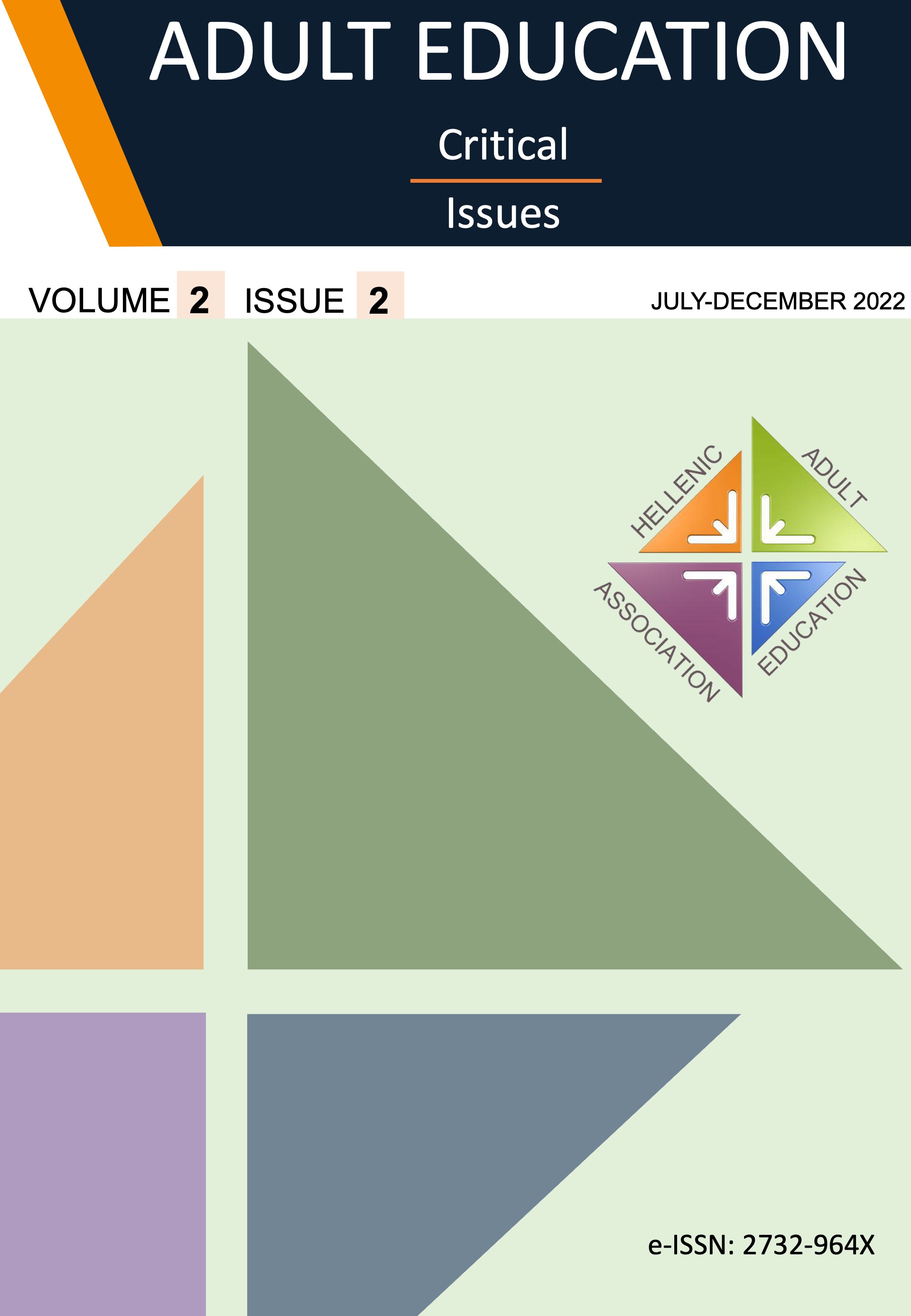Κριτική προσέγγιση της εισαγωγής Εξ’Αποστάσεως Εξετάσεων εν μέσω πανδημίας: Η περίπτωση του Ελληνικού Ανοιχτού Πανεπιστημίου
Résumé
Το Ελληνικό Ανοικτό Πανεπιστήμιο (ΕΑΠ), το μοναδικό εξ αποστάσεως Ανώτατο Εκπαιδευτικό Ίδρυμα στην Ελλάδα, ακολουθώντας την παγκόσμια τάση, εισήγαγε τις εξ αποστάσεως ηλεκτρονικές εξετάσεις το 2020, σε μια προσπάθεια να αντιμετωπίσει τους περιορισμούς που επιβλήθηκαν λόγω της πανδημίας του Covid-19. Οι εξ αποστάσεως ηλεκτρονικές εξετάσεις αναφέρονται σε μια μέθοδο εξέτασης κατά την οποία υπάρχει φυσική απόσταση μεταξύ φοιτητών και καθηγητών, ενώ η όλη διαδικασία πραγματοποιείται μέσω ηλεκτρονικού υπολογιστή και των εξαρτημάτων του (μικρόφωνο, κάμερα, ακουστικά). Η σχετική βιβλιογραφία έχει καταδείξει ότι οι εξ αποστάσεως ηλεκτρονικές εξετάσεις είναι εν γένει επωφελείς για όλους, φοιτητές, καθηγητές και εκπαιδευτικά ιδρύματα. Ωστόσο, εκφράζεται επίσης η ανάγκη περαιτέρω διερεύνησης των απόψεων των φοιτητών αναφορικά με τις ηλεκτρονικές εξετάσεις, καθώς δεν έχουν καταγραφεί επαρκώς στις σχετικές έρευνες. Για τους λόγους αυτούς και λαμβάνοντας υπόψη ότι οι εξ αποστάσεως εξετάσεις αποτελούν καινοτομία στην Ελλάδα, στόχος της παρούσας μελέτης ήταν μια κριτική προσέγγιση σχετικά με τις εξ αποστάσεως ηλεκτρονικές εξετάσεις που οργάνωσε και διεξήγαγε το ΕΑΠ το 2020 μέσα από τη διερεύνηση των απόψεων των φοιτητών. Το δείγμα της ποσοτικής μελέτης αποτέλεσαν 111 φοιτητές διαφορετικών τμημάτων του ΕΑΠ, από 20 έως 60 ετών. Παρά τους εγγενείς περιορισμούς της μελέτης, τα αποτελέσματά μας, τα οποία συνάδουν με τη σχετική βιβλιογραφία, σκιαγραφούν ότι αν και το άγχος πριν από μια ηλεκτρονική εξέταση είναι σημαντικά υψηλότερο λόγω πιθανών τεχνικών ζητημάτων, οι φοιτητές είναι γενικά θετικοί στην καθιέρωση των εξ’ αποστάσεως εξετάσεων ως μέσο αξιολόγησης.
Article Details
- Comment citer
-
Mantzorou, P., & Panitsides, E. (2022). Κριτική προσέγγιση της εισαγωγής Εξ’Αποστάσεως Εξετάσεων εν μέσω πανδημίας:: Η περίπτωση του Ελληνικού Ανοιχτού Πανεπιστημίου . Adult Education Critical Issues, 2(2), 86–106. https://doi.org/10.12681/haea.31212
- Rubrique
- Articles

Ce travail est disponible sous la licence Creative Commons Attribution 4.0 International .
Authors who publish with this journal agree to the following terms:
- Authors retain copyright and grant the journal right of first publication with the work simultaneously licensed under a Creative Commons Attribution License that allows others to share the work with an acknowledgement of the work's authorship and initial publication in this journal.
- Authors are able to enter into separate, additional contractual arrangements for the non-exclusive distribution of the journal's published version of the work (e.g., post it to an institutional repository or publish it in a book), with an acknowledgement of its initial publication in this journal.
- Authors are permitted and encouraged to post their work online (e.g., in institutional repositories or on their website) prior to and during the submission process, as it can lead to productive exchanges, as well as earlier and greater citation of published work (See The Effect of Open Access).



